Black ants are ants that are annoying to plants and often appear on coffee plants. Join Sataka to learn how to kill ants on coffee trees to protect your coffee garden.
In modern agriculture, ants are not just a minor issue but a significant threat to the health and productivity of crops, particularly black ants on coffee plants. Black ants can facilitate the spread of diseases and negatively impact the quality of coffee beans.
This article from Sataka will delve into effective, safe, and environmentally friendly ways to eliminate ants on coffee plants, helping to prevent and eradicate black ants while protecting your coffee plantation from the harm they cause.
Ants play a notable role in controlling pests and breaking down organic matter. Some ant species can eliminate harmful insects like aphids, aiding plant growth. However, in coffee plantations, ants often have undesirable effects on crop health and productivity.
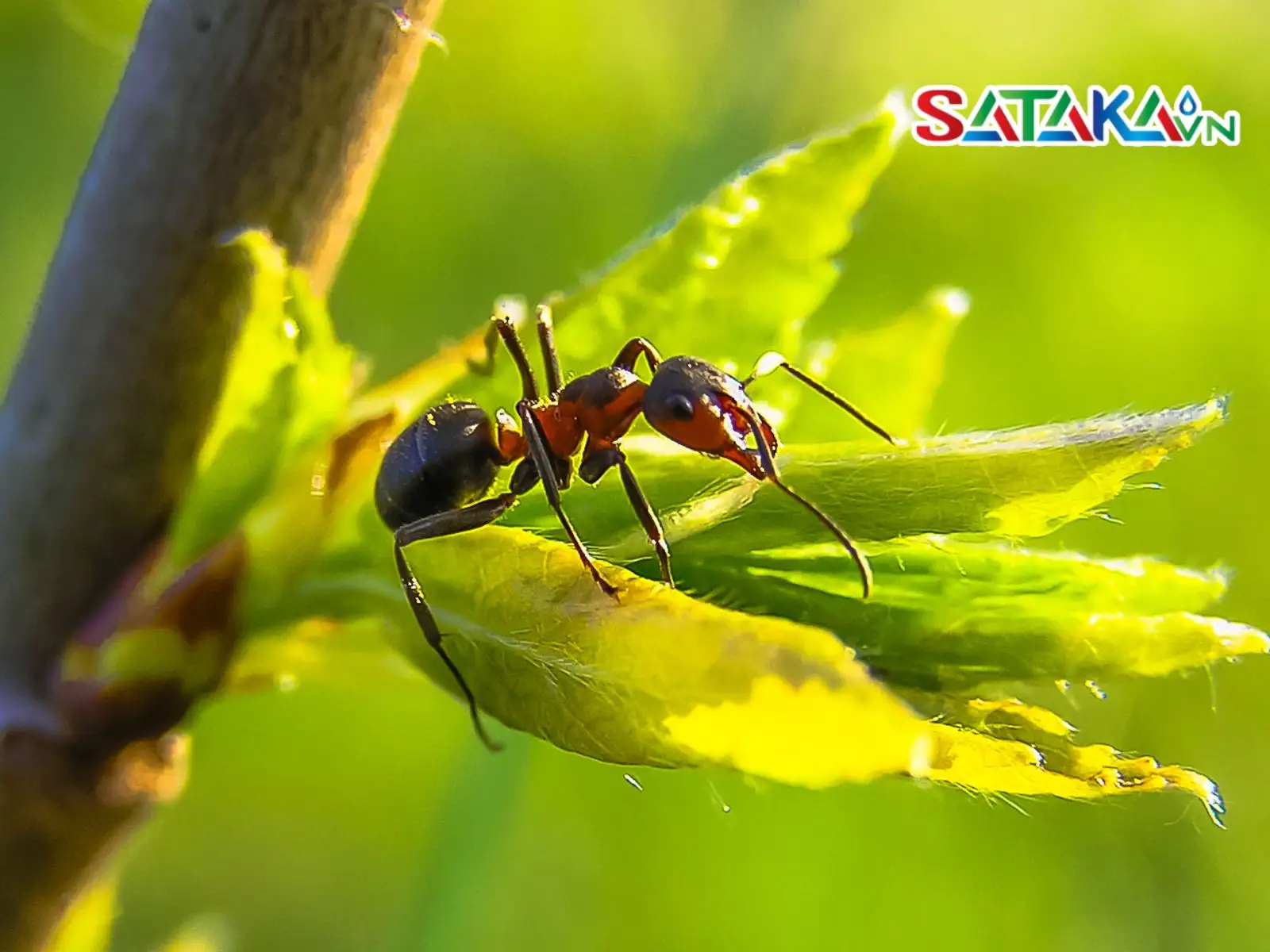
Ants on coffee tree
In the coffee plantation ecosystem, ants don’t appear randomly. They often form a symbiotic relationship with mealybugs, protecting them in exchange for the sweet honeydew they produce. Mealybugs harm coffee plants by sucking nutrients, weakening the plants and stunting growth. Additionally, damp and overgrown plantations provide ideal conditions for ants to thrive.
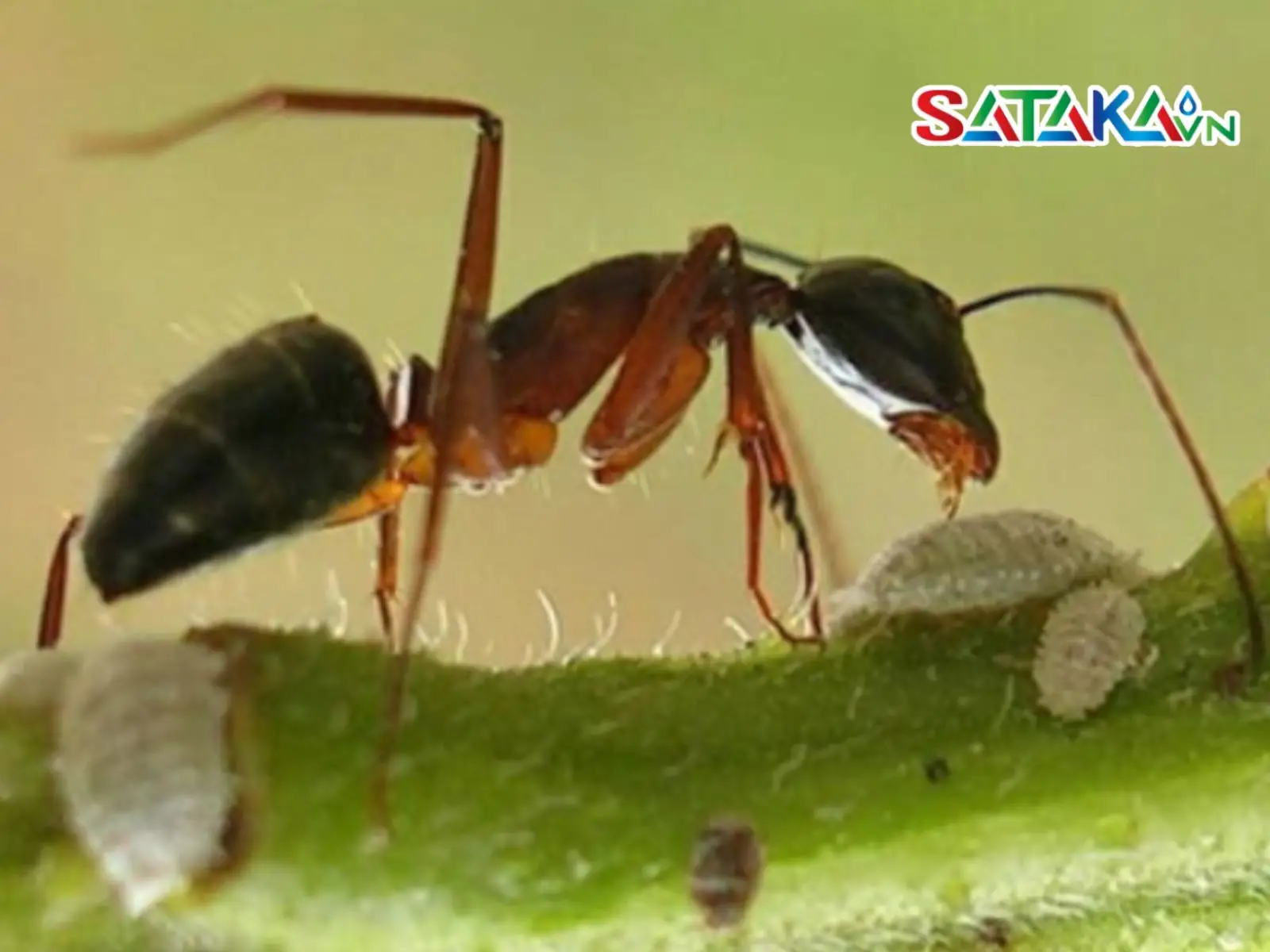
Ants live in symbiosis with mealybugs
Black ants create pathways for the infestation of mealybugs and sooty mold on coffee plants. Beyond that, they directly harm coffee plants in several ways:
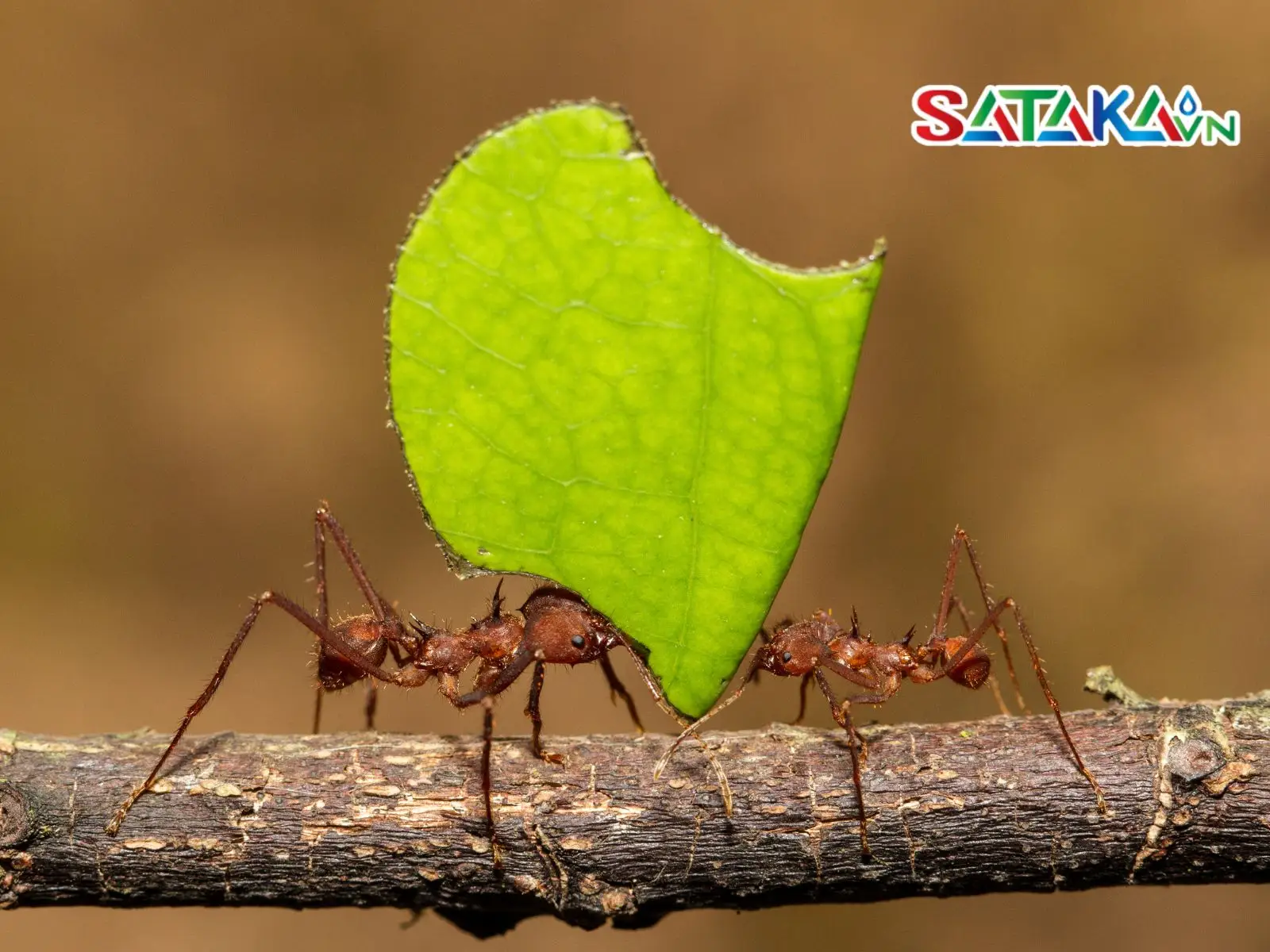
Black ants damage coffee plants
To eliminate black ants, a variety of methods can be employed, ranging from natural solutions to chemical products.
Mechanical measures include using sticky traps and physical barriers. Sticky traps are an effective and eco-friendly option as they don’t rely on toxic chemicals to kill insects. These traps are usually made from plastic or paper coated with adhesive, where ants get stuck and cannot escape.
How to set up sticky traps:
Sticky traps not only reduce the ant population but also provide insights into infestation levels, helping you adjust other measures accordingly.
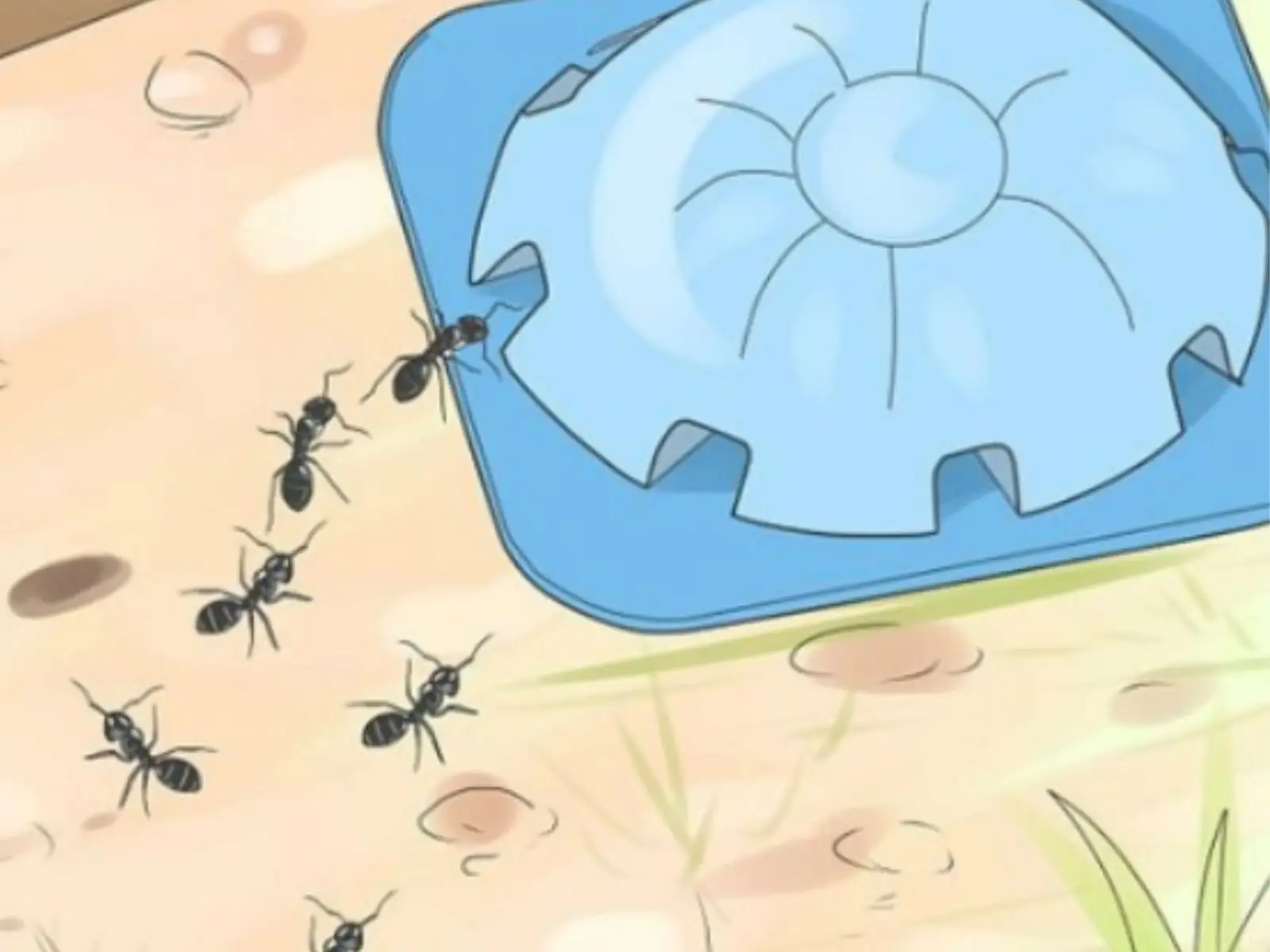
How to kill ants on coffee trees by using ant traps
Maintaining cleanliness in the coffee plantation is essential to prevent black ants. Measures include removing dead leaves, broken branches, or any organic materials that ants might use for nesting or shelter.
Proper sanitation practices:

How to kill ants on coffee trees by cleaning the garden
Growing ant-repelling plants near coffee plants is a natural and effective strategy to protect them from black ants without relying on chemical insecticides.
Common ant-repelling plants to grow:
Planting and management techniques:
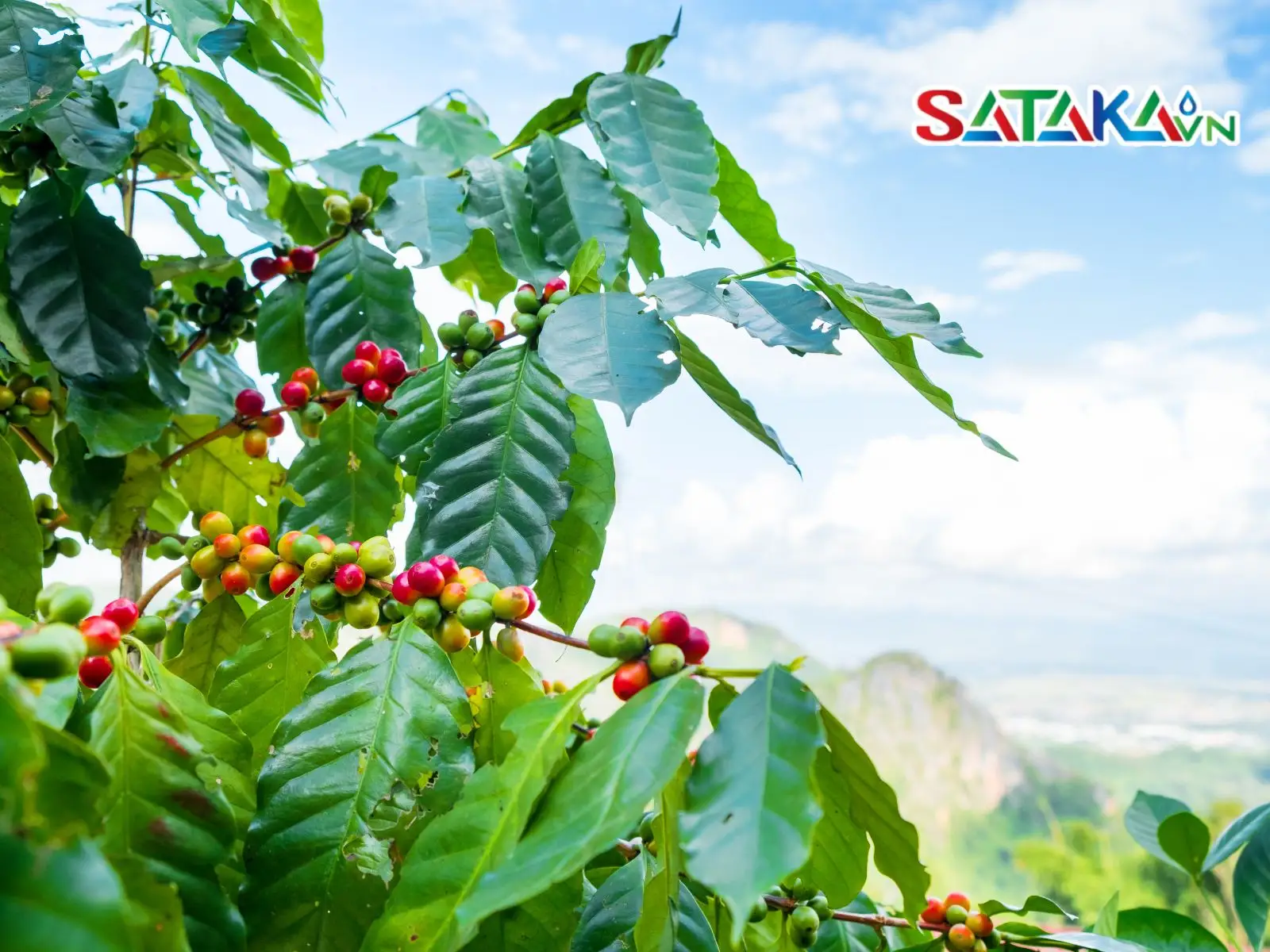
How to kill ants on coffee plants by using ant-resistant plants
Natural products like neem oil and pyrethroid compounds can help eliminate black ants without harming coffee plants or the surrounding environment.
Selecting the right sprays that are proven safe and effective is crucial. Sprays containing active ingredients like permethrin can be used to effectively control black ants.
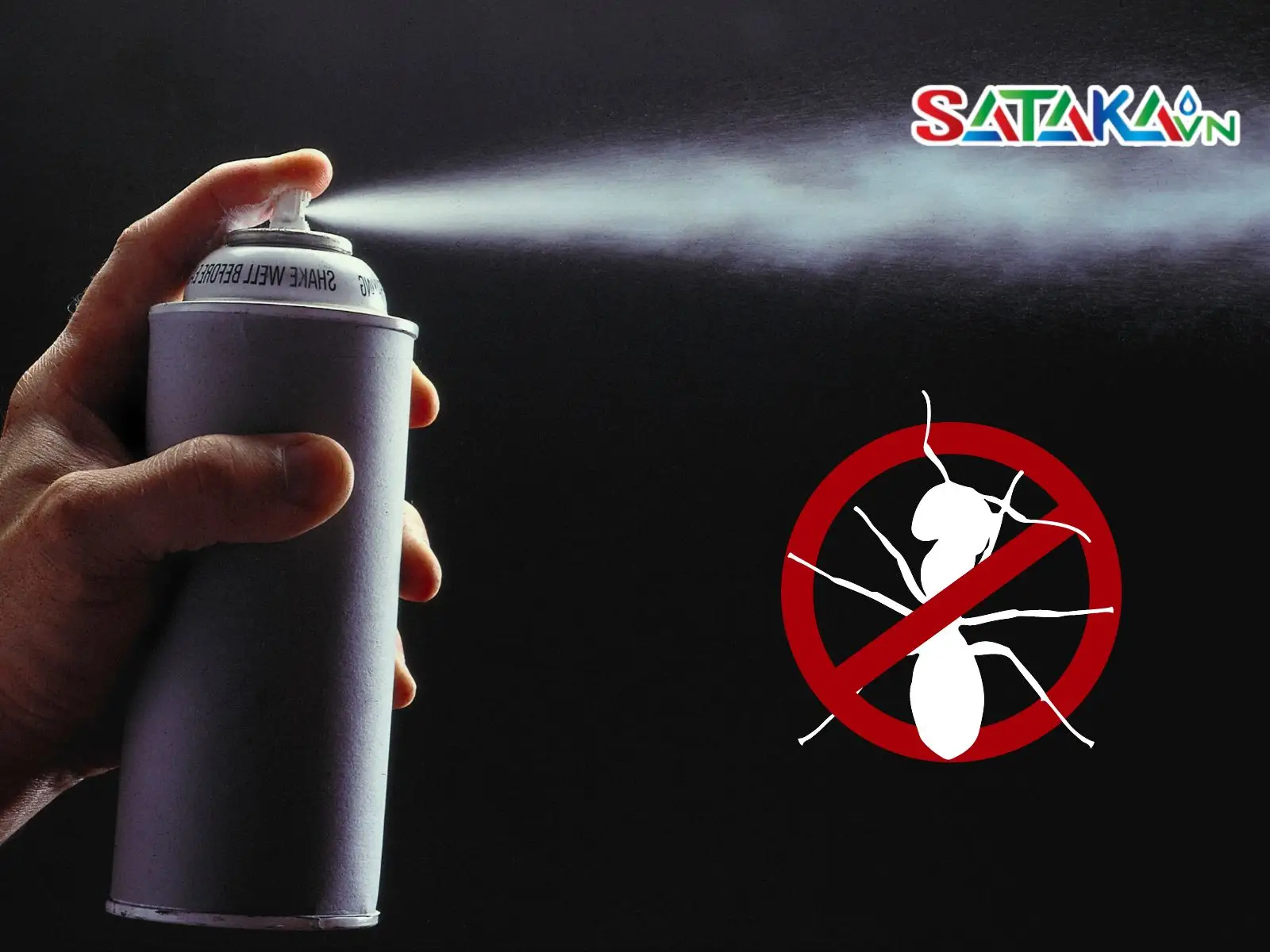
How to kill ants on coffee trees by using ant spray
Prevention is always the most effective approach in pest management, including dealing with ants on coffee plants.
Maintaining a clean coffee plantation is key to preventing black ants from invading. A clean plantation reduces food sources and shelter for ants, thus lowering infestation risks.
To maintain a clean environment, you should:
Pruning not only promotes healthy growth for coffee plants but also removes potential hiding spots for black ants.
Pruning practices include:
Regular inspections of coffee plant stems and leaves are essential for early detection and timely intervention when signs of black ants appear.
This includes:
Inspect branches and coffee plant stems at least once a week to ensure optimal health.
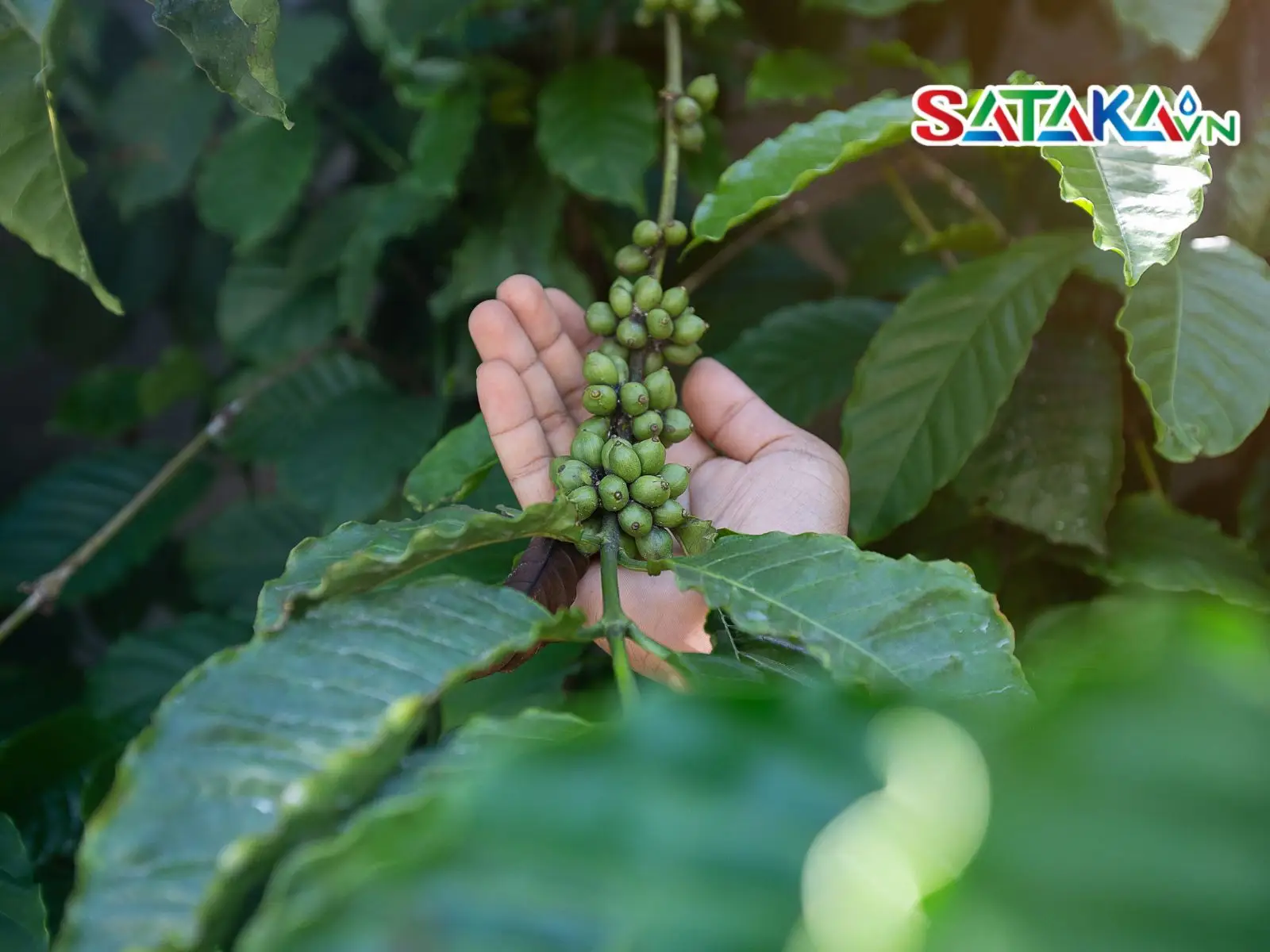
Check out the coffee tree
Understanding the behavior and damage caused by ants, particularly black ants, along with implementing effective methods to eliminate them, can protect coffee plants from the harm these insects cause.
Sataka thanks you for reading this article. Stay tuned for more tips and methods to help your crops thrive.
1. How can black ants on coffee plants be identified?
Black ants can be identified by their colonies around the plant base and stems, as well as the presence of honeydew and sooty mold on leaves. Their bodies are entirely black.
2. What natural insecticides are safe for coffee plants?
Neem oil and natural pyrethroid compounds are considered safe and effective for treating black ants without harming coffee plants.
3. What mechanical methods can be used to address black ants?
Sticky traps and manual removal are effective mechanical methods to reduce the number of black ants on coffee plants.
4. How can an unfavorable environment for black ants be created?
Maintaining cleanliness around coffee plants, removing debris and dead leaves, is the best way to prevent black ants.